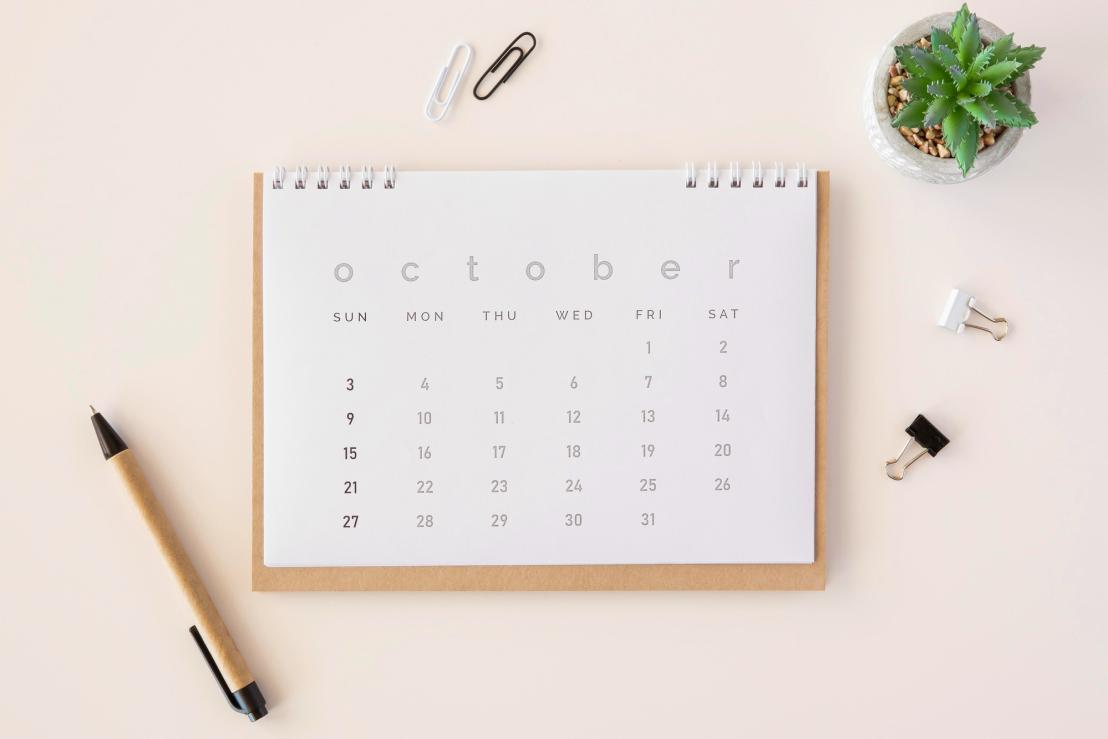Modal verbs in English
6 Mar, 2023

Many. So many. Joke.
For beginners in learning foreign languages, the number of tenses in English is a real shock. People who are accustomed to the simple past, future and present are perplexed about what is the present perfect, or the past continuous. Let's figure it out together.
So how many tenses?
In fact, there are only three tenses. But there are subgroups in each of them. At first glance, this is undoubtedly intimidating, but then everything becomes a little easier.
To begin with, let's take a closer look at the present tense group.
Present simple
The simplest and most real. Used to describe the state of a person or the environment. Also, to describe habits and regularly repeated actions. It has a simple design, but a lot of marker words, which can be confused at first.
Present Continuous
Its main function is to describe the action that is taking place at the time of speech. In this case, the emphasis will be placed on the duration of the action, and not on time.
Present Perfect
One of the most ambiguous times to understand. The easiest way to remember it is to learn the equality “perfect = result of an action”. In other words, the present perfect speaks of the result of an action without naming it. The action, at the same time, ended right before the beginning of the speech, and the result has a connection with the present.
Present Perfect Continuous
This is either easier or harder. The action expressed by this time began in the past and continues at the moment of speech, without stopping. At the same time, we know only the time during which it occurred, not knowing the point of its beginning in the past. It is, in general, not important in this case.
The same four categories belong to the past tense group:
Past simple
Of the past, really the simplest. Expresses an action that happened at a certain point in the past (yesterday, two days ago, last year). Also used when past actions were performed one after the other, or describes past habits.
Past Continuous
The emphasis is on the duration of the action. That is, tense is used to express an action that started, lasted, and ended in the past. We know this period of time and we are talking about it.
past perfect
Used to express an action that happened before a specific action or point in the past. For ease of remembering, you can call it pre-past (a small life hack), because it is done before the action in Past Simple.
Past Perfect Continuous
Describes a long-term action that began earlier than another in the past. It can be interrupted by this action in the past (Past Simple), or continue for some time.
The future tense is also divided into four options.
Future Simple
Used when we want to say something that will happen at a specific time in the future. In this case, the time is conjectural in nature, and the described action may not occur. To say what we are sure will happen, a different grammatical construction will be used.
Future Continuous
It is used when we want to emphasize that the action being taken will last for some time in the future.
Future Perfect
Describes an action that will take place before a specific action or point in the future.
Future Perfect Continuous
Describes an action that will begin up to a certain point in the future and will continue until this very moment. That is, they can be interrupted. In this case, the entire period of the action is indicated.
***
In fact, if we consider the allocation of tenses in English from a research point of view, then we can call it the most detailed that exists in this language group. Yes, these details in the form of subgroups are not required, but their presence makes the study easier, and the description of the action or state is more accurate.